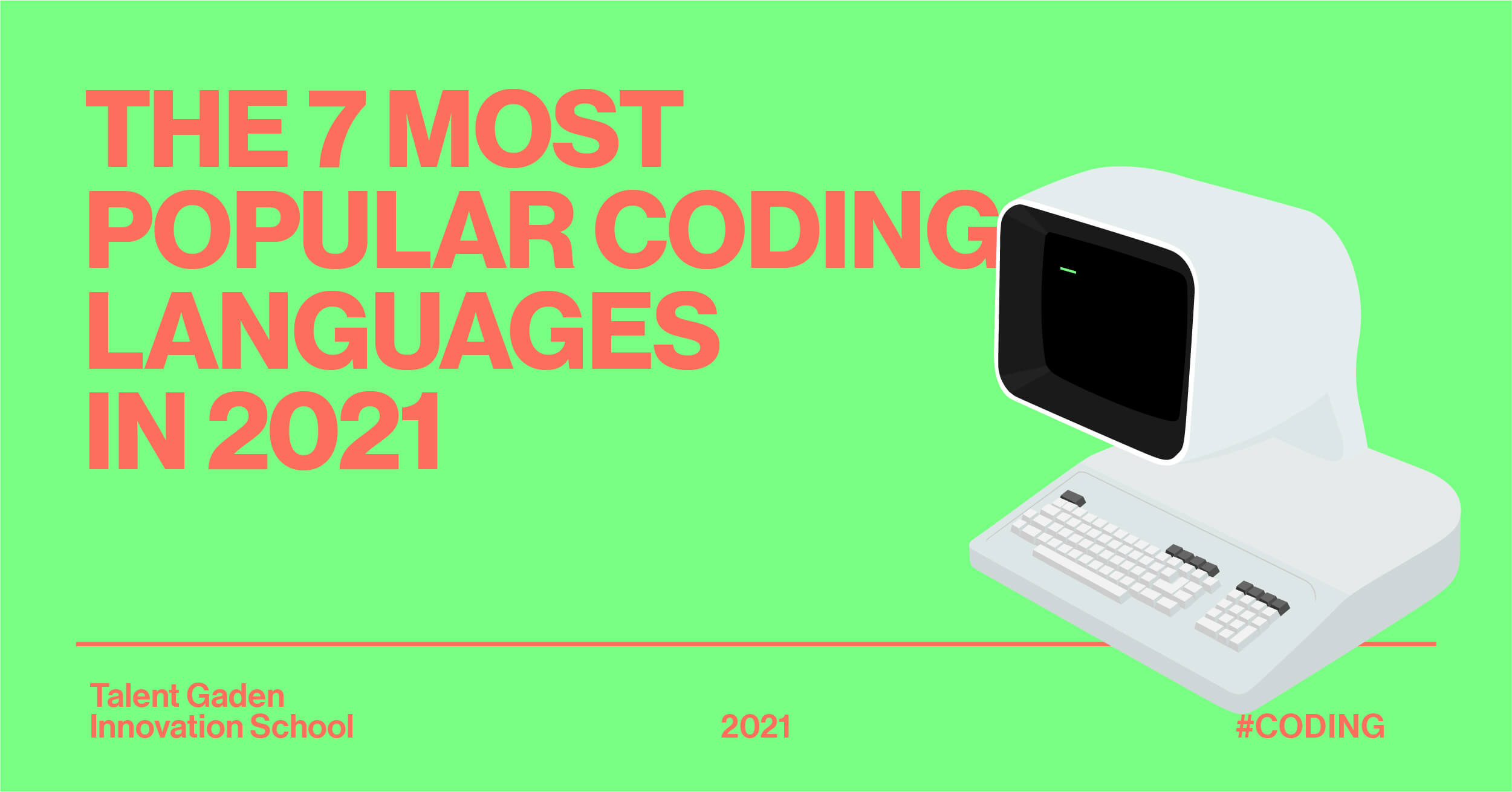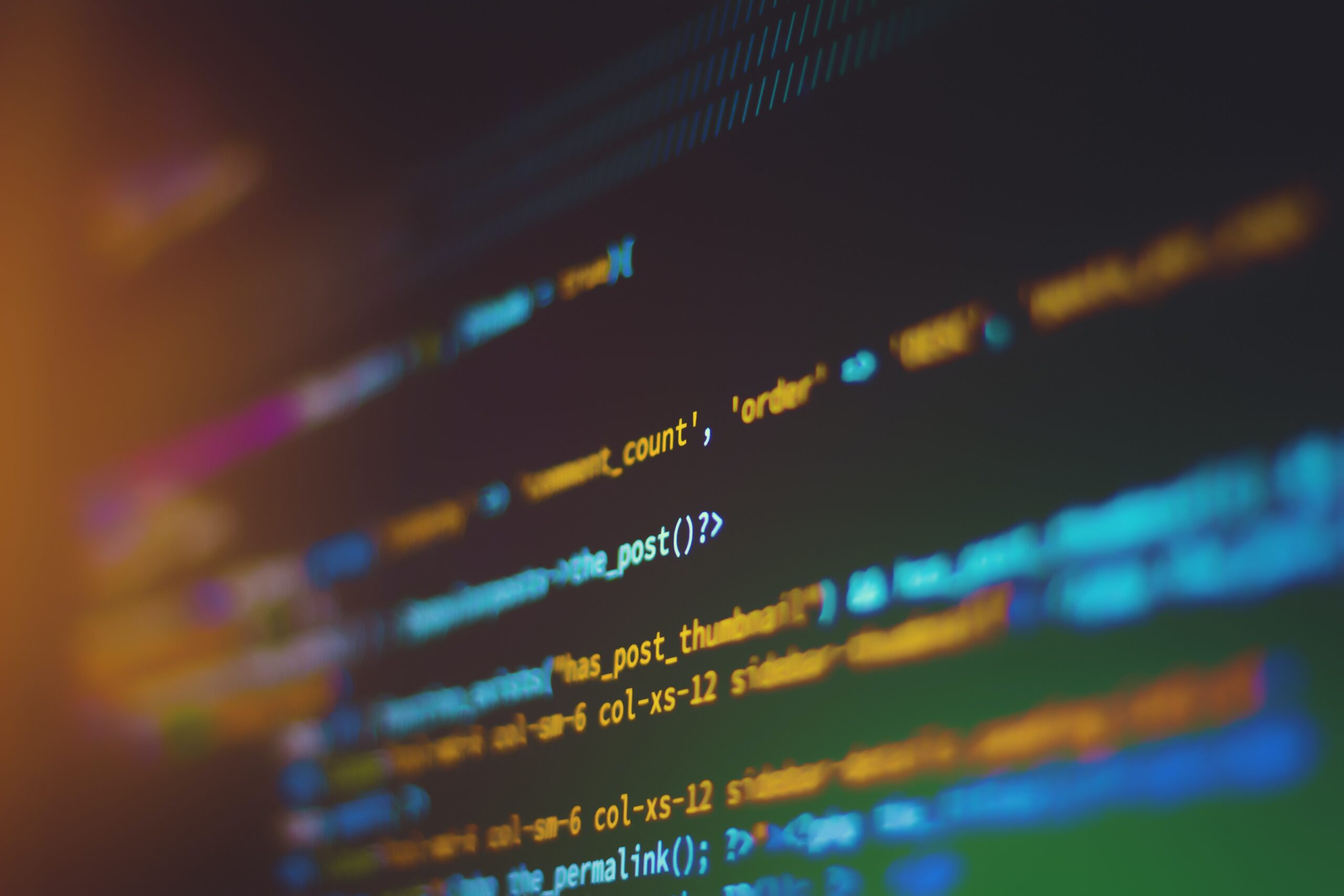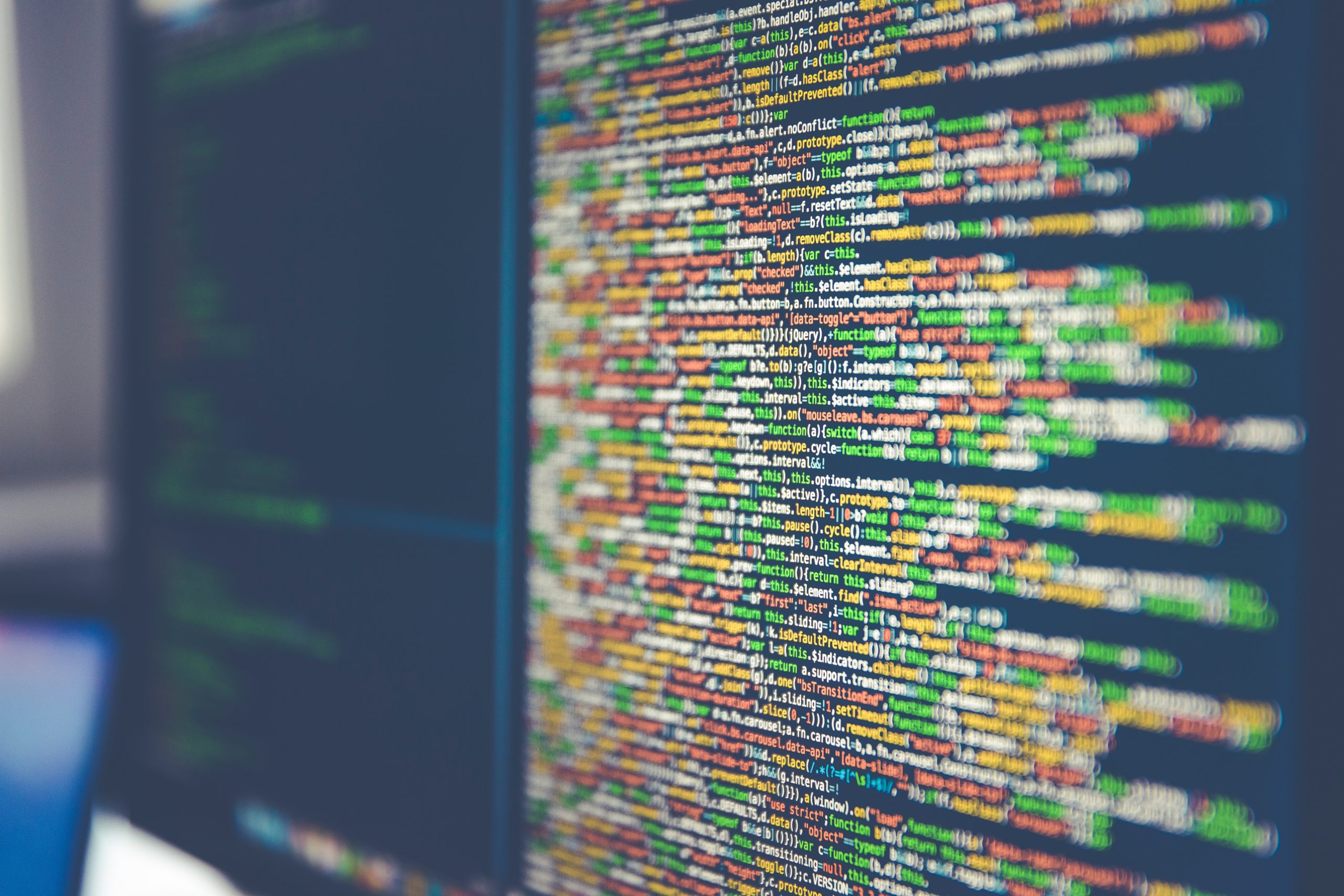

Don't you want to read? Try listening to the article in audio mode 🎧
Python is a very flexible and general purpose language that during the years has gained more and more credit in the data analysis community. Unlike other languages, such as R, Scala, Matlab or Julia, Python has not been conceived to perform data analysis and in general scientific and numerical tasks, but this may be considered an advantage, because with Python you can do just...anything.
Stats show that in 2020 around 66% of data scientists are using Python on a daily basis and 84% use it as their main language. It is also worth noting that around Python a huge and very active community has developed so if you have a problem or want to collaborate, it’s quite simple to find someone to work with. But how do you perform data analysis in Python? Is there something specific (apart from Python obviously) that you should master? Let’s see it step by step in this quick guide.
The basics first: if you don’t know any Python and/or any data science start from here
Of course, if you don’t know any Python, but you do know how to programme, you should dedicate some time to learn the basics of the language. Python is quite an easy language to pick up, it doesn’t have a complicated syntax and if you have some coding background you can learn it very quickly. Being a widely used language there are plenty of tutorials, exercises, books (even free ebooks), videos, that you can use to learn what you need. Bear in mind that, to do data science using Python, you don’t need to be a Python pro: unless you need it for other purposes you won't need to go really deep into its meanders. The following are some basic courses and resources to learn all the Python you need:- The Hitchhiker's guide to Python available also in tangible book form
- The official repository from python.org where you can download everything on Python
- Python tutorial for beginners a very easy step by step course, no background experience required
Python libraries: the essential ones
You should think of libraries as a set of tools ready to use that someone else developed to make certain coding tasks easier. So instead of having the burden to build a function that performs a certain operation, you can simply go to a library and just use an already made function. The wonderful thing about Python is that since it is so diffused and so widespread into the data analysis community there are really powerful dedicated libraries that you can use for your data analysis problems. Furthermore, there is a lot of documentation for each library. The main libraries for data science are: - NUMPY Numpy stands for “numerical python”. It offers pre-compiled functions for numerical routines. - PANDAS This is perfect for data analysis, manipulation and visualisation. It allows high-level data structures and some tools to manipulate them. - MATPLOTLIB Excellent for data visualisation. It can export graphics and other images to vector formats. - SCIPY Scipy is for algebra, statistics, linear algebra - SEABORN Is focused on data analysis and works well with both Numpy and Pandas. The main libraries that you can use for data science are pre installed into the Jupiter Notebook, a really useful tool that you could also use for collaboration since it is a web application. You can use it to create (and share) documents that contain text, code, its documentation, equations and graphics. So learning how to use the Jupiter Notebook may be a smart move. Now you need to practice a little on real datasets. Fortunately available on the internet there are various repositories (like Kaggle or Dataquest) where you can find and freely download datasets and learn how to manipulate data.Useful courses and other resources
After you’ve learnt the basics you can dedicate some time to a course specifically dedicated to using Python for data science or you can read some useful books and other tutorials on the topic. You can find many excellent courses on the internet (on Coursera or Udemy for example) but if you really want to give a boost to your career the best option is to follow a real master, that grants you also some follow up after the effective course is finished. Talent Garden for example offers a Data Science and AI Master that, as the name suggests, doesn’t stop at learning python for data analysis but goes further, to AI and Machine Learning technologies. It also offers help in developing a portfolio, assessing your skills against the demands of the labour market and even writing your CV and cover letter. While if you want to study data analysis with Python autonomously, the internet is really full of resources. You can start from the excellent Python Data Science Handbook which is thorough and complete and is available for free.
Article updated on: 09 August 2023

Don't Waste Your Talent. Turn It Into a Career With a Course That Fits Your Needs!
Talent Garden is your Digital Skills Academy, offering courses in Digital Marketing, UX Design, Digital HR and Data Analysis designed to launch your career.
Keep reading

5
min read
7 Recruitment Marketing Strategies to Reach Qualified Applicants
Finding the right candidate to hire is now more challenging as companies become more competitive when it comes to ...
Talent Garden
20/02/2023

3
min read
7 Most Popular Programming Languages in 2021
As the technology ecosystem evolves the same happens for what lies at the core of each computer program, application, ...
Talent Garden
01/03/2021

4
min read
Essential Strategies for Data Loss Prevention: A 7-Step Approach
The need for data security has become increasingly critical as the world continues to rely on digital data for business ...
Talent Garden
15/04/2023

2
min read
Data Science for Business: how to make the most out of data science
Many companies base their activities on data collection, made possible by modern technology, which allows for the ...
Talent Garden
11/05/2021
